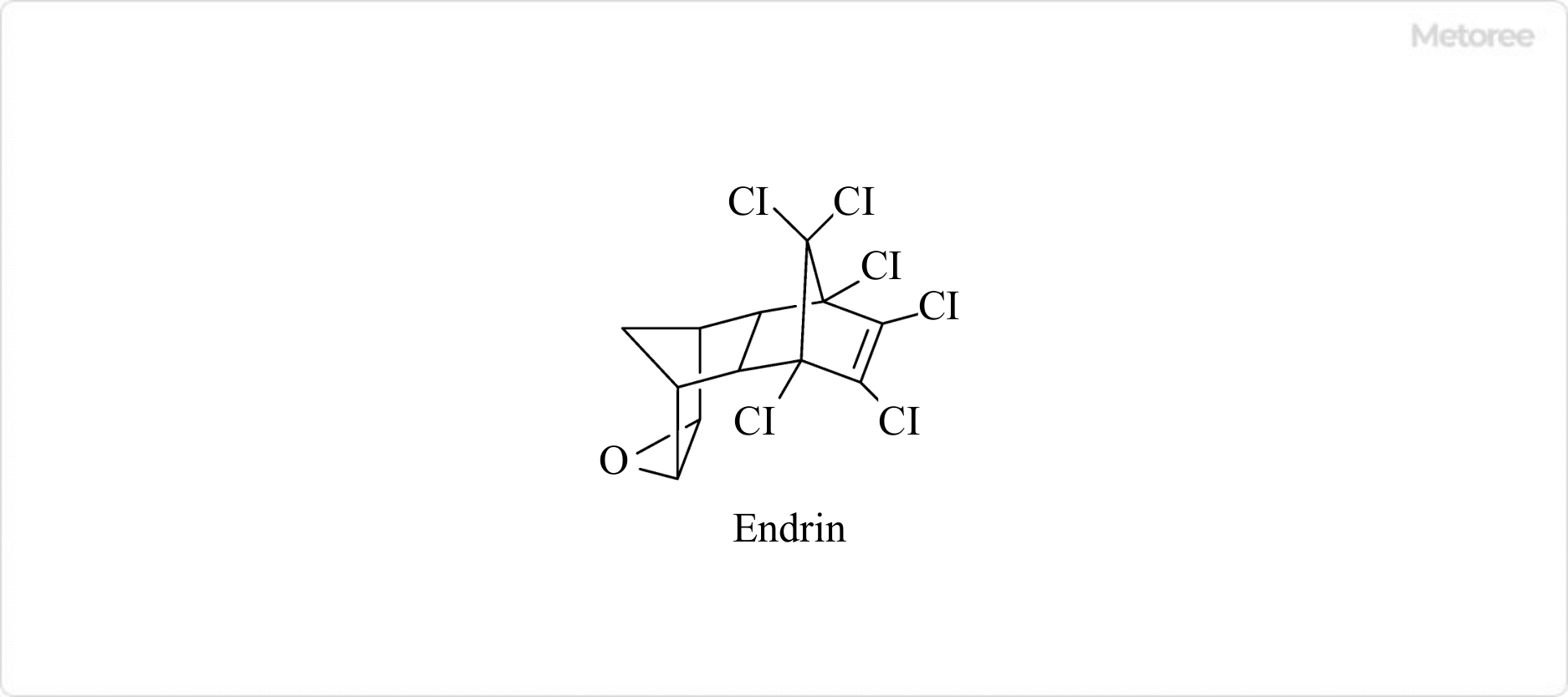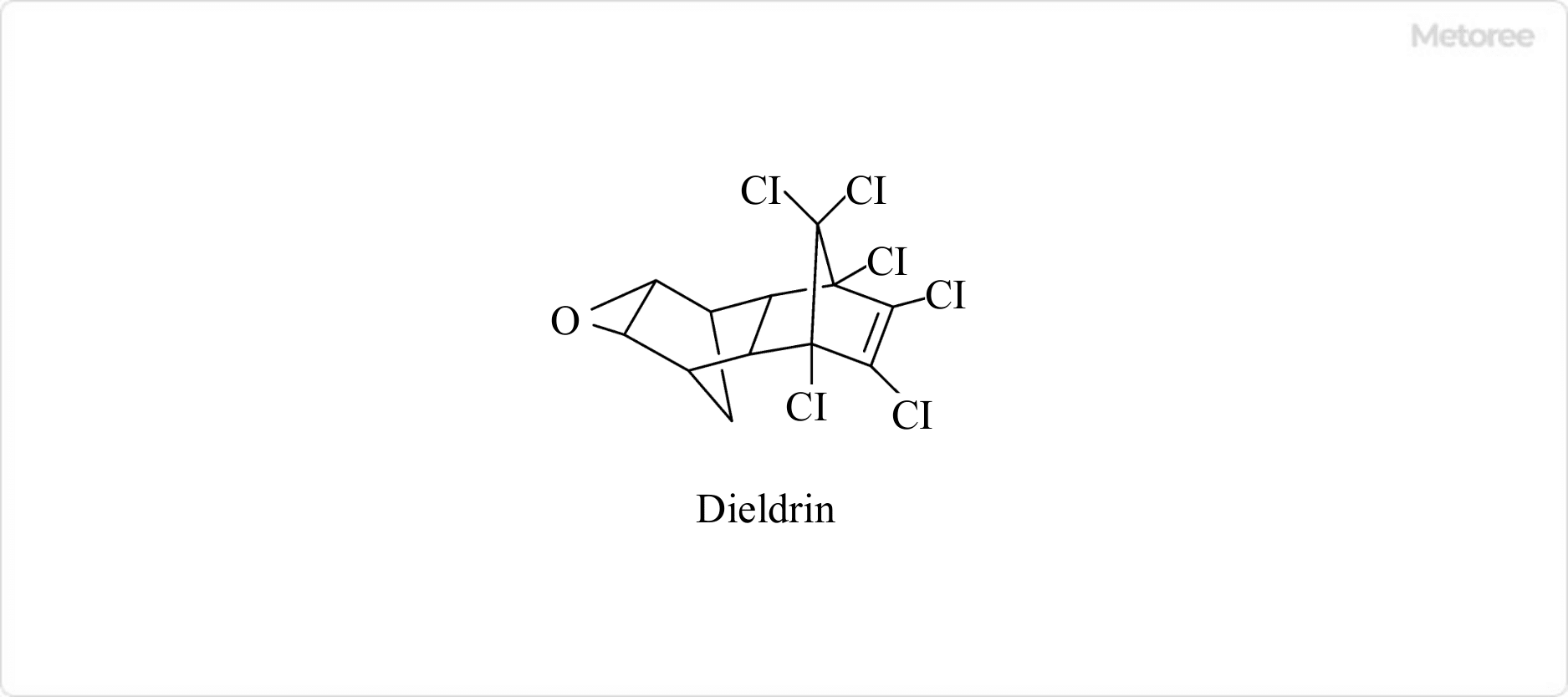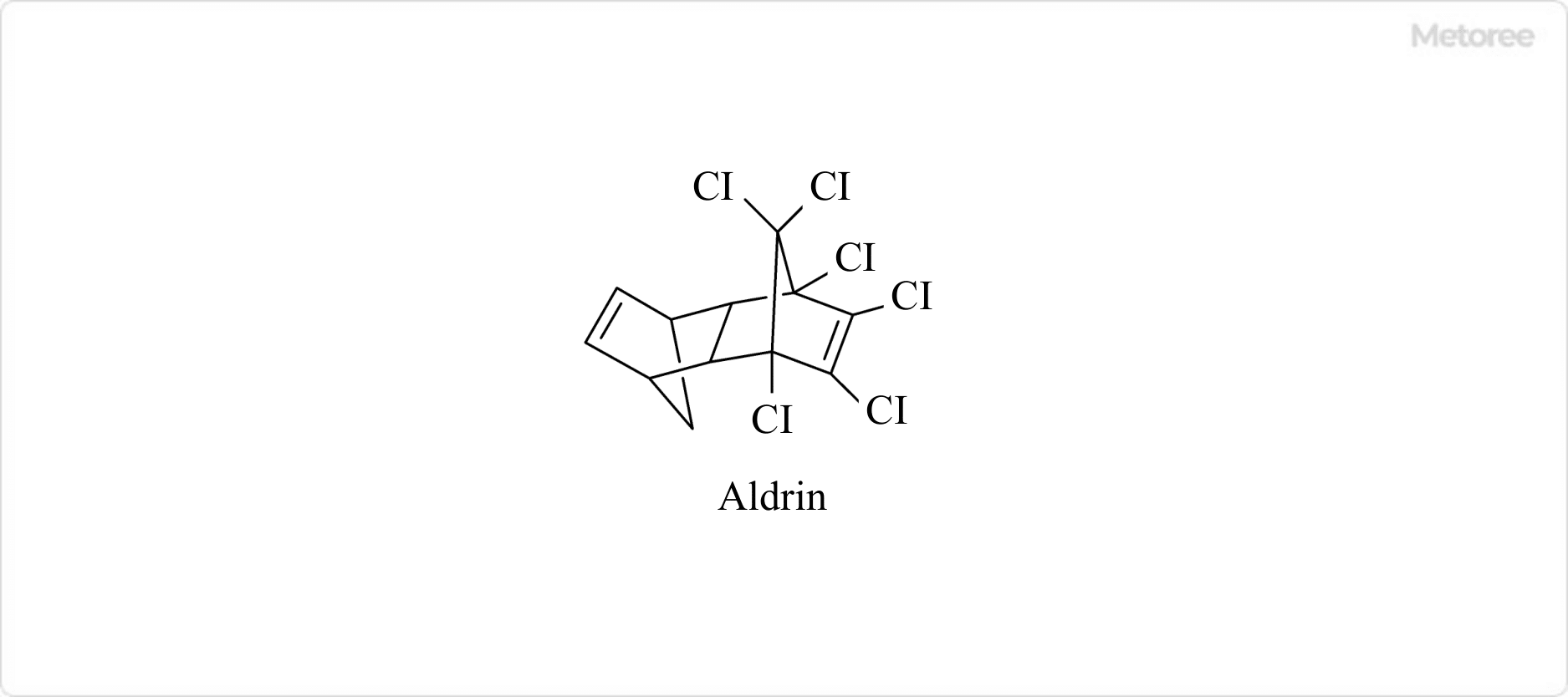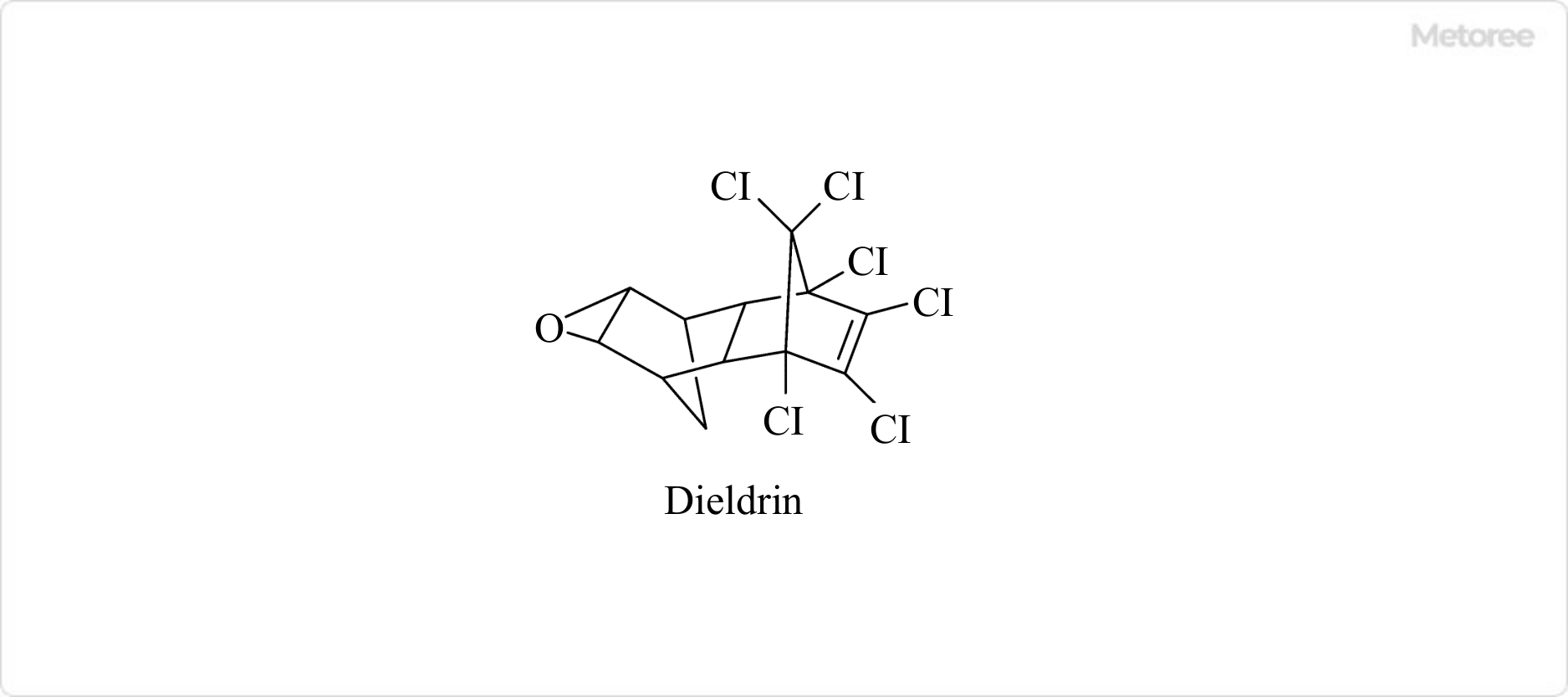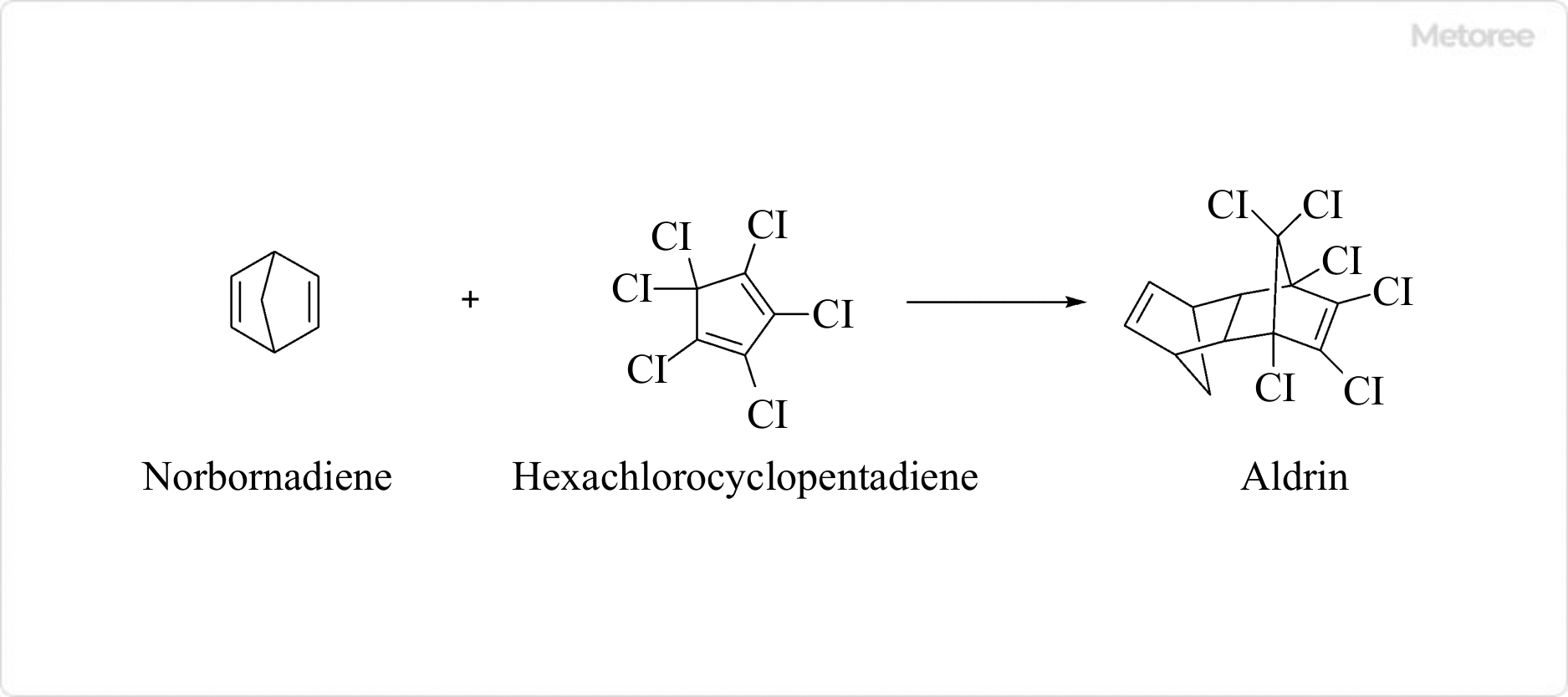What Is Chlordane?
Chlordane is an organochlorine compound, not a single compound but rather a mix of a dozen or more isomers. Once widely utilized in pesticides, termiticides, and wood preservatives, the use of chlordane has been banned due to its persistence and toxicity, accumulating easily in living organisms.
For food products, residue limits have been established, including specific limits for cis-chlordane and trans-chlordane in agricultural products, and a combined limit for chlordane content in fishery products, including cis-chlordane, trans-chlordane, and oxy-chlordane.
Uses of Chlordane
In Japan, chlordane was used from 1950 to 1986 for rice and vegetable pesticides, termite control, and wood preservatives. Due to its persistence and toxicity in organisms, its production, sale, and use are now prohibited. Classified as a Group 2A pesticide ingredient by the IRAC, it affects the GABA receptors in pests, leading to nervous excitement, convulsions, and other symptoms.
Today, chlordane is used only as a standard reagent for pesticide residue testing, with use restricted to testing and research. Buyers must commit to using it solely for these purposes, in compliance with chemical substance regulations.
Properties of Chlordane
| Chemical Formula | C10H6Cl8 |
| English Name | Chlordane |
| CAS No. | 57-74-9 |
| Molecular Weight | 409.78 g/mol |
Chlordane is insoluble in water, miscible in organic solvents, and encompasses various structural isomers. The terms “Chlordane” and “Industrial Chlordane” refer to its various forms, including cis and trans isomers, and substances like oxychlordane and nonachlors.
Workplace safety data sheets and major reagent manufacturers in Japan use these terms, with compound percentages varying by product.
Other Information on Chlordane
1. Hazardousness and Regulatory Information
Chlordane is recognized as hazardous, causing acute toxicity, potential carcinogenicity, and damage to the nervous system. Residue standards for food products are established worldwide. Protective measures are recommended during handling.
2. Precautions for Use
Designated as deleterious, chlordane’s use is limited to research and analytical purposes, requiring protective measures during handling to prevent ingestion and exposure. Proper storage and handling precautions are essential to avoid risks associated with ignition and toxic decomposition products.
3. Disposal Method
Given its persistence and bioaccumulative nature, proper disposal of chlordane is crucial to prevent environmental contamination. Disposal should be conducted through licensed industrial waste contractors, with full disclosure of its hazards and toxicity.
